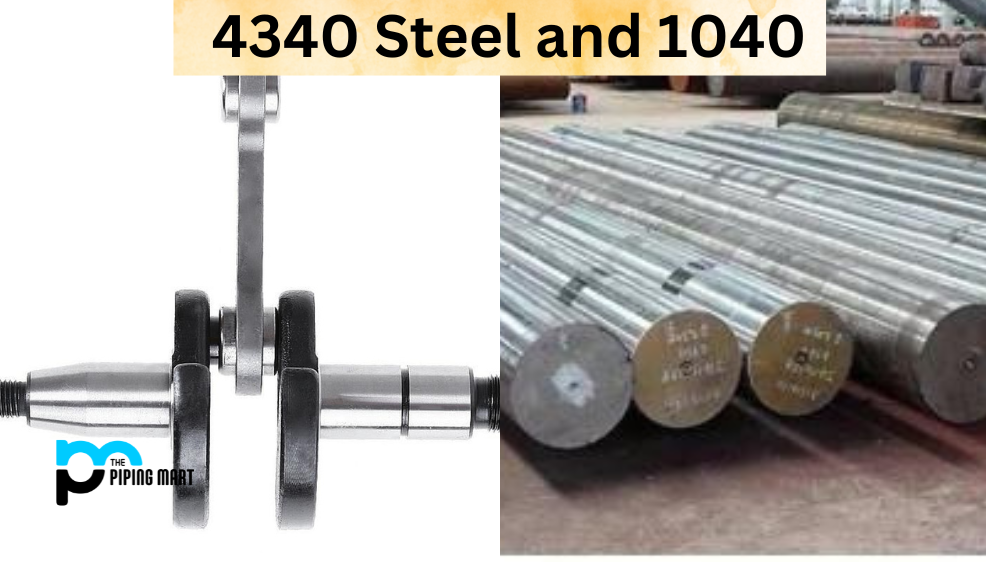When it comes to steel, there are a lot of different types with various properties that make them ideal for other applications. For example, you would want to use a different type of steel for constructing a building than you would for making a knife. In this blog post, we will be looking at the difference between two types of steel often used in bearings: bearing steel and stainless steel. Keep reading to learn more!
Difference Between Bearing Steel and Stainless Steel
Bearing steel is a type of carbon steel particularly well-suited for bearings. It contains a higher concentration of carbon than other types of steel, which gives it superior hardness and strength. This makes bearing steel ideal for applications with a lot of friction and wear, such as in bearings.
Stainless steel, on the other hand, is a type of steel that contains chromium. This makes it resistant to rust and corrosion, making it a good choice for applications with moisture or other corrosive elements. However, it is not as strong or hard because it contains less carbon than bearing steel.
So, which one should you use? If you need a bearing that can withstand a lot of wear and tear, then bearing steel is the way to go. However, stainless steel might be a better choice if you’re worried about corrosion.
Composition
Bearing steel is an alloy of iron and carbon, with many other elements such as manganese, silicon, and chromium. Stainless steel is an alloy of iron, chromium, and nickel.
Hardness
Bearing steel is much harder than stainless steel, making it ideal for applications where high wear resistance is required.
Corrosion Resistance
Stainless steel is more resistant to corrosion than bearing steel. This is due to the presence of chromium in stainless steel, which forms a protective oxide layer on the surface of the metal.
Magnetic Properties
Bearing steel is not magnetic, while stainless steel is weakly magnetic. This is due to the presence of nickel in stainless steel, which makes it slightly magnetic.
Cost
Bearing steel is typically cheaper than stainless steel as it does not contain expensive alloying elements such as chromium and nickel.
Conclusion:
As you can see, there’s a big difference between bearing steel and stainless steel! One is better suited for applications with a lot of wear and tear, while the other is better suited for applications where corrosion might be an issue. Hopefully, this blog post has helped you better understand the difference between these two types of steel so that you can make the best decision for your application!

Pipingmart is a B2B portal that specializes in metal, industrial and piping items. Additionally, we share the latest information and information about materials, products and various types of grades to assist businesses that are involved in this business.




